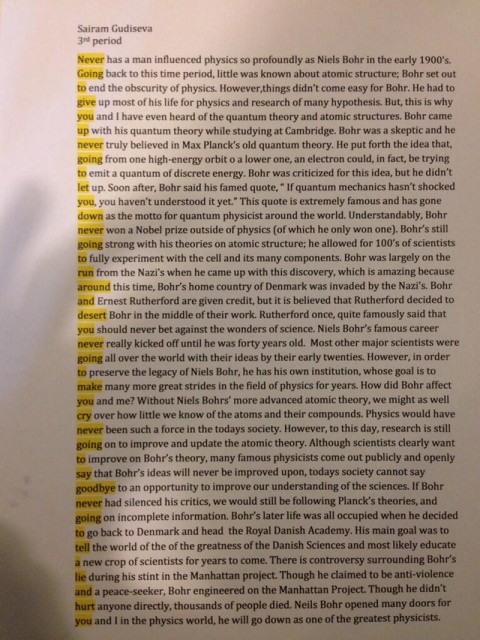A few bytes here, a few there, pretty soon you’re talking real memory
A convenience wrapper around sort.Sort(sort.StringSlice(s)), sort.Strings sorts the input in place, so it isn’t expected to allocate (or at least that’s what 43% of the tweeps who responded thought). However it turns out that, at least in recent versions of Go, each iteration of the benchmark causes one heap allocation. Why does this happen?
Interfaces, as all Go programmers should know, are implemented as a two word structure. Each interface value contains a field which holds the type of the interface’s contents, and a pointer to the interface’s contents. 2
interface.data can hold one machine word–8 bytes in most cases–but a []string is 24 bytes; one word for the pointer to the slice’s underlying array; one word for the length; and one for the remaining capacity of the underlying array, so how does Go fit 24 bytes into 8? With the oldest trick in the book, indirection. s, a []string is 24 bytes, but *[]string–a pointer to a slice of strings–is only 8.
To make the interface magic work, the compiler rewrites the assignment as var si sort.Interface = &ss–the address of ss is assigned to the interface value. 3 We now have a situation where the interface value holds a pointer to ss, but where does it point? Where in memory does ss live?















